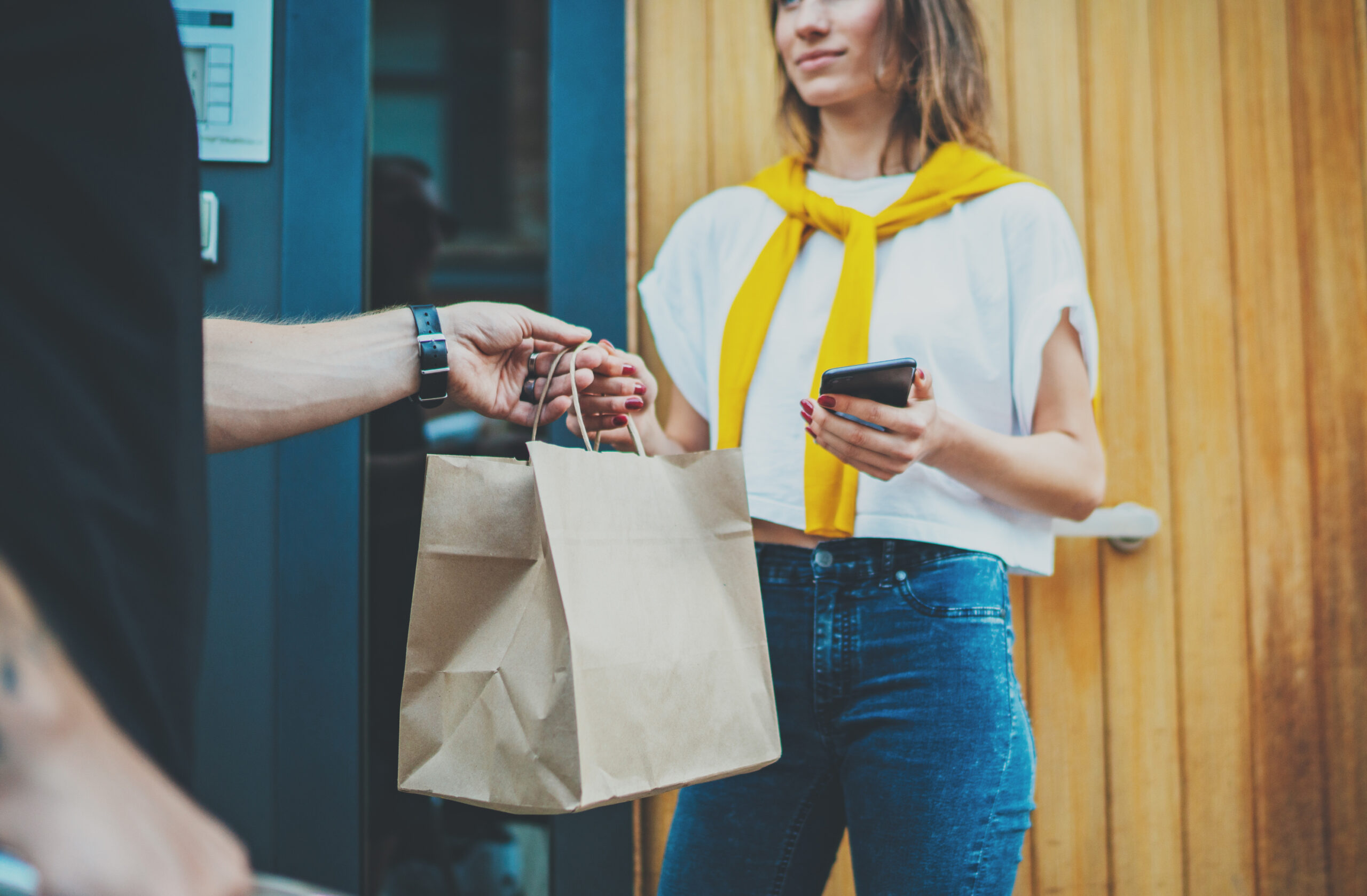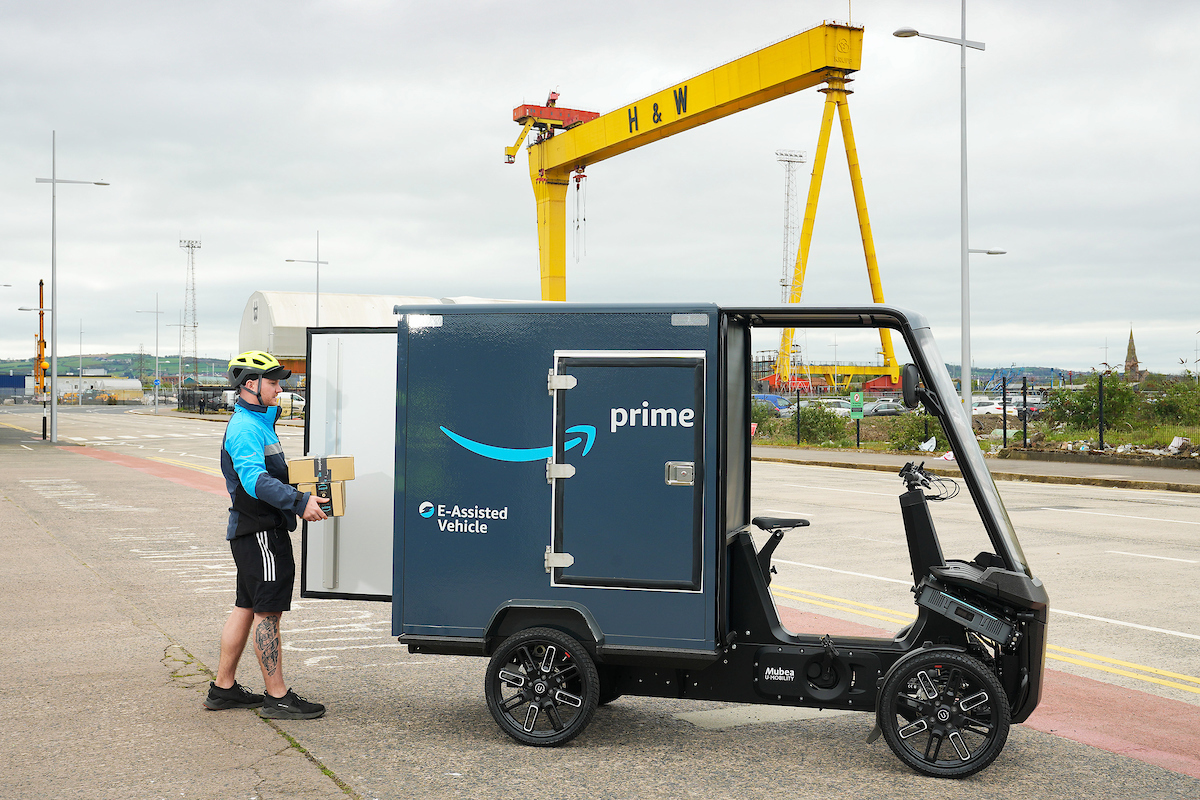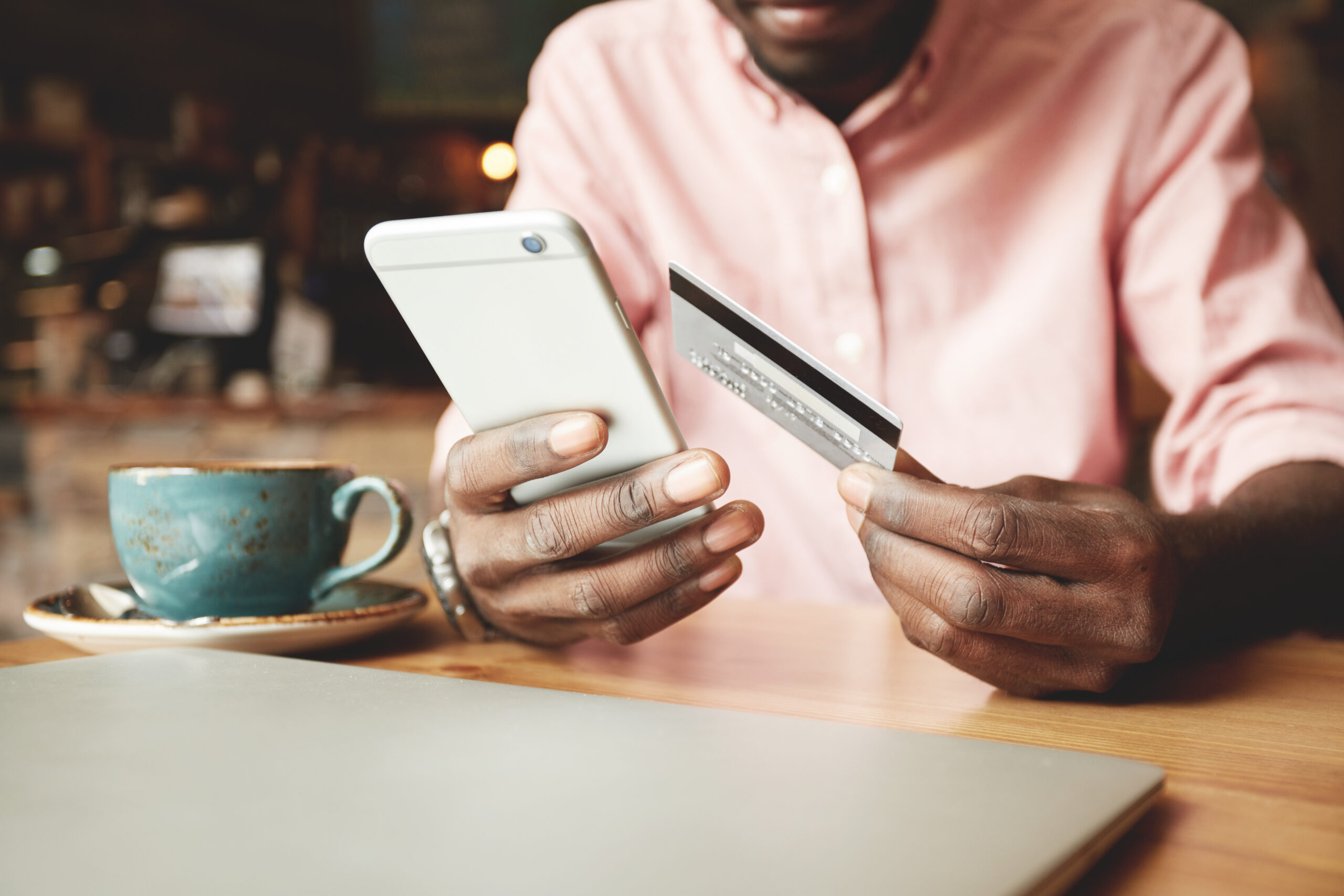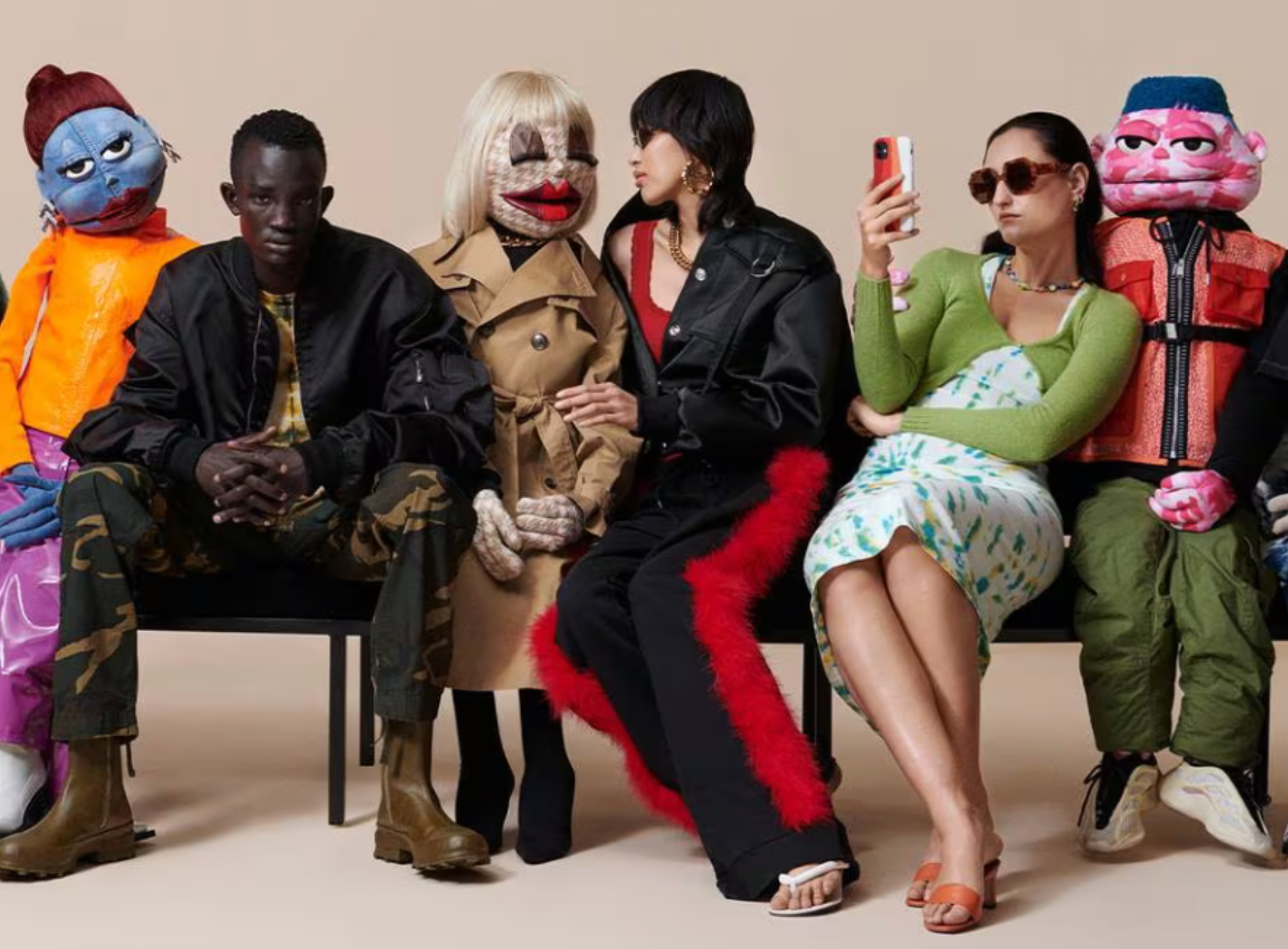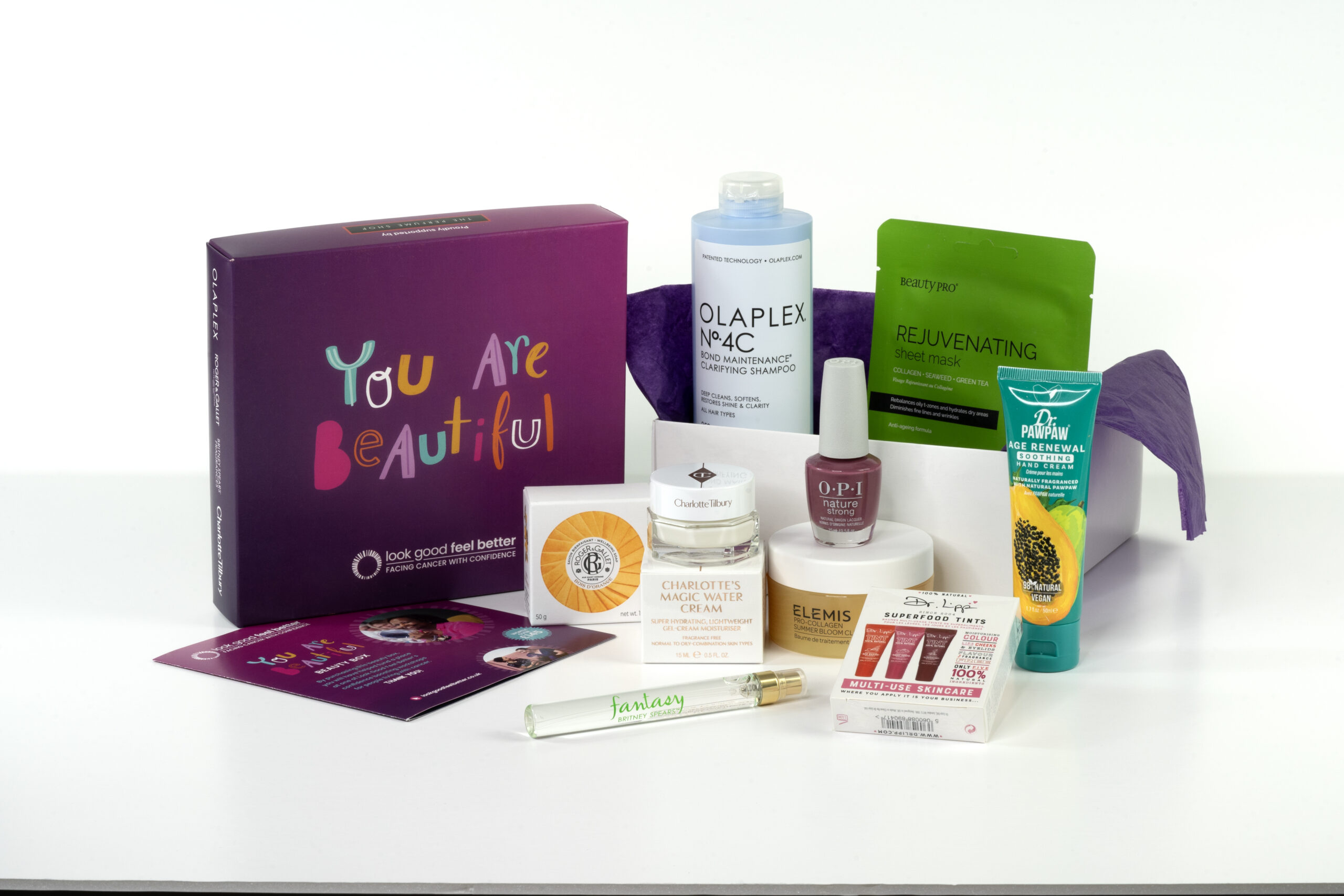Gregor Jackson, Director and Founding Partner of gpstudio examines what experience means for customers and retailers and what retailers will be doing in 2016 to encourage their customers to continue visiting both their online and in-store offer.
Christmas is over and the New Year is upon us. Most retailers are hoping to have made a healthy profit over the festive season and are now looking at what is going to set them apart from their competitors over the next
12 months.
Online sales in the UK accounted for 27% of the total market share in 2015 and is growing steadily. The real question that most retailers should be asking in 2016 is, ‘how do I make the shopping experience seamless and exciting, continually growing this online channel, while keeping the in-store experience relevant?’
For us, as retail designers, the answer to that question lies in ensuring the consumer buys into the brand. In order to do this, the brand needs to create a physical or in-store environment that does not concentrate solely on the sale alone but instead creates a destination the customer seeks out, providing them with a sense of theatre that the online sale never can.
Many forward thinking online brands are already ahead of the game when it comes to moving away from the store as a purchase point and taking a more holistic view of how the consumer is shopping. Brands such as US fashion retailer Everlane spearheaded this thinking with their Transparent City campaign in 2015. Instead of pushing their products on us as consumers and hoping we will fall for the gimmicky marketing ploys or buy into the mass produced emails, Everlane created a series of live events in the USA collaborating with like-minded chefs, artists, bloggers — and even other apparel brands — to look behind the scenes in an effort to be completely transparent about its business; disclosing the exact factories where its clothes are made to revealing how much profit the company makes from each piece.
By temporarily transporting the online store into the real world, they allow potential customers to get up close and personal with the brand and, in this way, are able to compete with the real world retail experience. This kind of holistic retailing is what the modern consumer is looking for. Sending me an email on my birthday or a monthly newsletter is very last year. Consumers want to experience and to buy into a brand, not just consume it.
Closer to home, brands such as Dover Street Market are looking stronger than ever and this comes down to how they have created the desire to visit their in-store offer. Consumers go out of their way to experience what they have to offer with a continually changing range of niche and relevant products. I find myself popping my head in when visiting the area, not to shop per say, but to be entertained by the changing dynamics and interesting product offers.
SERVICE
This is all well and good, and clearly there are a handful of brands who are managing to pull off this illusive balance between sales and experience, but how do these brands manage to create this sought after retail theatre that keeps us coming back for more and buying into their brand? Stores can throw in a juice bar or interactive tablet screens, but does this create theatre? Don’t get me wrong, a food offer and well integrated digital platform can certainly increase dwell time and help stream line the purchase process, but would this alone create the theatrical experience we will soon come to expect from the big retail players?
The real in-store experience in 2016 can be summed up by a few key factors. Firstly, and possibly most important, is service. The best gadgets and food offerings in-store will never be able to replace the need for a service that allows the customer to seamlessly shop in a convenient and pleasurable manner. By integrating a great service, whether it be the point-of-sale or click and collect, intelligent store design or staff training, we can all tell of an in-store shopping experience that has left us wanting to sing the praises of the brand in question, although sadly not as often as we might like.
The next big factor in creating the illusive in-store experience is understanding that today’s stores do not need to be solely product focused, with product stocked high and the store environment as an afterthought, it becomes difficult to highlight niche items or create a tailored sensory environment. Exclusivity and the idea of less being more will start to become the focus of retail this year. Of course there is always the logistical nightmare of not having the stock in-store that a customer is looking for.
However, with the streamlining of online and in-store channels, this should become a non-issue, allowing customers to efficiently make a purchase using integrated online platforms in the store and having the items delivered the same or next day to their door. With one of our store designs set to open this year, consumers will see the likes of a test and play area, designed not to purely display the product itself but immerse yourself in it.
Events and collaborations are here to stay. The last of the 2016 in-store tools that will bring the consumer back for more is the continuing trend for collaborations and in-store eventing. With the blogger and vlogger now earning more than some A list celebrities, blogging bars are one such event that will be seen increasingly, with some stores dedicating permanent store space to these modern cyber celebs. What better way to create a cost-effective brand buzz than to have it come straight from those using the products.
One only needs to watch the mob-like mentality of the videos posted on YouTube showing the launch of the Balmain and H&M collection in 2015 to know that collaboration is not going anywhere. In fact, it is stronger than ever. With endless possibilities this will continue to be a store draw card and I do not doubt that we will see more unlikely celebrity and brand collaborations in the coming months.
It is fair to say that asking retailers to make these changes overnight is a tall order. However, these trends are growing and it will be the brands that embrace this more integrated way of selling that keeps their consumers returning to their stores and generating brand ambassadors who will go on to build their brand and become their best marketing tool. If 2015 is anything to go by, 2016 is set to shake up the retail market and define the trend setters from the mass market.
The following guest article has been written for InternetRetailing by Gregor Jackson, Director and Founding Partner of gpstudio. He has 25 years of experience in the brand world both nationally and internationally, creating, shaping, engaging and evolving how brands are projected and perceived. www.linkedin.com/in/gregorjackson http://gpstudio.uk.com @gpstudio_design



